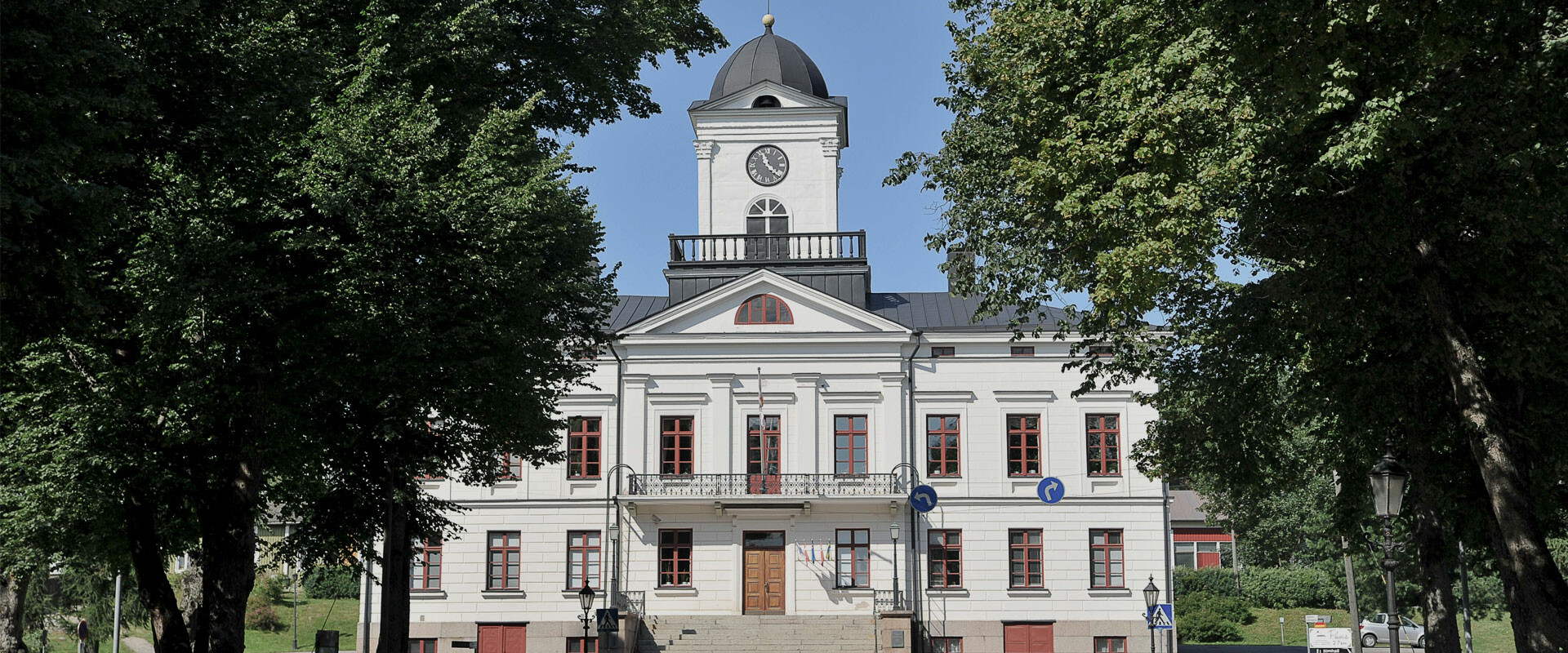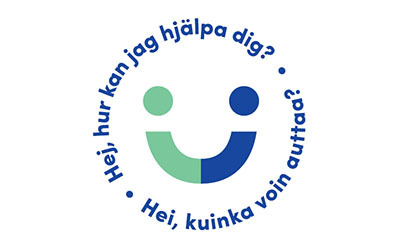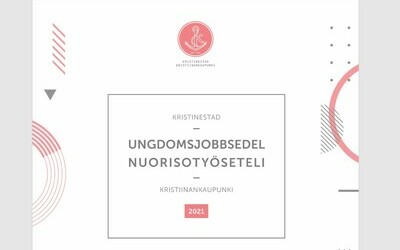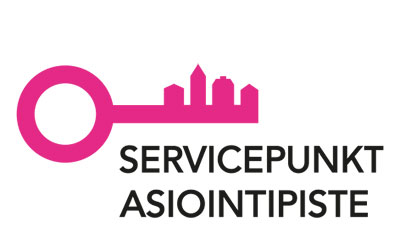Aktuellt
-
Svenskspråkiga utbildningsnämndens beslut 11.12.202512.12.2025
-
Undersökning: Gasgrid Finlands planerade vätgasledning11.12.2025
-
Parkour och gokart blev vinnare i årets Lilla parlamentet11.12.2025
-
Finskspråkiga utbildningsnämndens beslut 9.12.202510.12.2025
-
Vi söker en timlärare10.12.2025
-
Månadens hållbarhetstips: Välj el från förnybara källor09.12.2025
-
Går du i byggtankar? Kristinestad har lediga tomter till salu i flera olika områden09.12.2025
-
Vi söker en simövervakare08.12.2025
-
Delta i stadens enkät om idrotts- och motionstjänster08.12.2025
-
Myndighetsposten blir elektronisk – delta i infotillfällen i januari 202608.12.2025
Offentliga meddelanden
-
Byggnadstillsynens kungörelse 08.12.202509.12.2025
-
Kungörelse: Detaljplanändring för Åsändan09.12.2025
-
Kungörelse; Fiskarholmen stranddetaljplan09.12.2025
-
Kungörelse: Detaljplan för östra sidans industriområde04.12.2025
-
Stadsfullmäktiges möte 8.12.202503.12.2025
-
Meddelande om Västkustens tillsynsnämnds protokoll från sammanträdet 26.11.202528.11.2025
-
Byggnadstillsynens kungörelse 28.11.202528.11.2025
-
Byggnadstillsynens kungörelse 25.11.202527.11.2025
-
Tekniska nämndens beslut 19.11.202524.11.2025
-
Kungörelse: miljökonsekvensbeskrivningen för Ilmatar Merikarvia Oy:s vindkraftsprojekt i Pyynevankan20.11.2025
Du missar väl inte:
Flytta till Kristinestad - det kan vara ditt livs bästa beslut!

Den havsnära miljön erbjuder livskvalitet, mångsidiga boendemöjligheter och god basservice. Kanske kommer en flytt till Kristinestad att bli det bästa beslutet i livet, även för dig?















